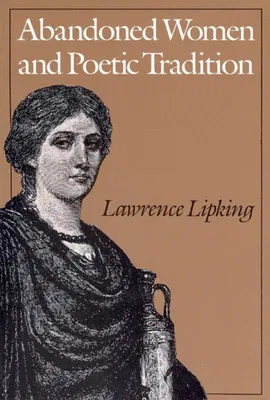Lawrence Lipking
(Author)Abandoned Women and Poetic TraditionHardcover, 29 July 1988

Qty
1
Turbo
Ships in 2 - 3 days
In Stock
Free Delivery
Cash on Delivery
15 Days
Free Returns
Secure Checkout

Part of Series
Women in Culture and Society
Part of Series
Women in Culture & Society (Hardcover)
Print Length
327 pages
Language
English
Publisher
University of Chicago Press
Date Published
29 Jul 1988
ISBN-10
0226484521
ISBN-13
9780226484525
Description
Product Details
Author:
Book Format:
Hardcover
Country of Origin:
US
Date Published:
29 July 1988
Dimensions:
23.7 x
15.95 x
2.59 cm
ISBN-10:
0226484521
ISBN-13:
9780226484525
Language:
English
Location:
Chicago, IL
Pages:
327
Publisher:
Weight:
589.67 gm